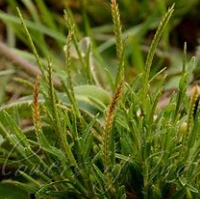Information report for Oropetium_20150105_00709A
Gene Details
|

|
Functional Annotation
Family Introduction
Literature and News
Gene Resources
Sequences
Information report for Oropetium_20150105_00709A
Gene Details
|

|
Functional Annotation
Family Introduction
Literature and News
Gene Resources
Sequences